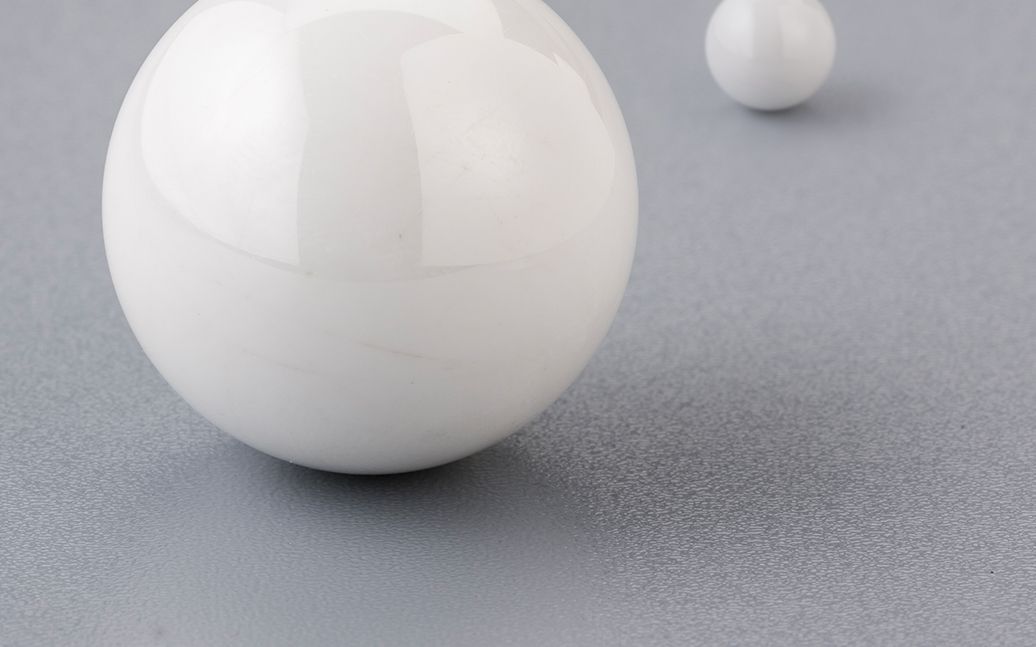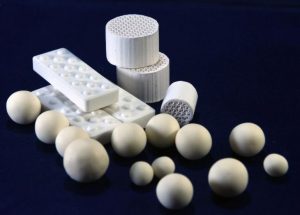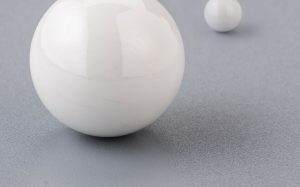- Alumina
- Boron Nitride
- Zirconia
- Other Ceramics
- Applications
- Contact

Some typical ceramics and respective applications are as follows:
Aluminium oxide / Alumina (Al2O3): it is one of most commonly used ceramic material. It is used in many applications such as to contain molten metal, where material is operated at very high temperatures under heavy loads, as insulators in spark plugs, and in some unique applications such as dental and medical use. Chromium doped alumina is used for making lasers.

Aluminium nitride (AlN): because of its typical properties such as good electrical insulation but high thermal conductivity, it is used in many electronic applications such as in electrical circuits operating at a high frequency. It is also suitable for integrated circuits. Other electronic ceramics include – barium titanate (BaTiO3) and Cordierite (2MgO-2Al2O3-5SiO2).
Diamond (C): it is the hardest material known to available in nature. It has many applications such as industrial abrasives, cutting tools, abrasion resistant coatings, etc. it is, of course, also used in jewelry.
Lead zirconium titanate (PZT): it is the most widely used piezoelectric material, and is used as gas igniters, ultrasound imaging, in underwater detectors.
Silica (SiO2): is an essential ingredient in many engineering ceramics, thus is the most widely used ceramic material. Silica-based materials are used in thermal insulation, abrasives, laboratory glassware, etc. it also found application in communications media as integral part of optical fibers. Fine particles of silica are used in tires, paints, etc.
Silicon carbide (SiC): it is known as one of best ceramic material for very high temperature applications. It is used as coatings on other material for protection from extreme temperatures. It is also used as abrasive material. It is used as reinforcement in many metallic and ceramic based composites. It is a semiconductor and often used in high temperature electronics. Silicon nitride (Si3N4) has properties similar to those of SiC but is somewhat lower, and found applications in such as automotive and gas turbine engines.
Titanium oxide (TiO2): it is mostly found as pigment in paints. It also forms part of certain glass ceramics. It is used to making other ceramics like BaTiO3.
Titanium boride (TiB2): it exhibits great toughness properties and hence found applications in armor production. It is also a good conductor of both electricity and heat.
Uranium oxide (UO2): it is mainly used as nuclear reactor fuel. It has exceptional dimensional stability because its crystal structure can accommodate the products of fission process.
Yttrium aluminium garnet (YAG, Y3Al5O12): it has main application in lasers (Nd-YAG lasers).
Zirconia (ZrO2): it is also used in producing many other ceramic materials. It is also used in making oxygen gas sensors, as additive in many electronic ceramics. Its single crystals are part of jewelry.

For more information, please visit http://www.samaterials.com/152-ceramic-material